Pasteurization
In the past 30 years the field of pathology has changed enormously. There has been a huge amount of research and progress in this space but what we have found is very little time has been spent studying how pathogens respond to elevated temperature environments.
Everyone knows that when water boils all pathogens die immediately (on the order of seconds). What is much less understood is the fact that for every pathogen there exists a certain elevated temperature threshold where the pathogen can die or be rendered inactive. Associated with this elevated temperature is a specific duration of time required to kill a population of pathogens to a known “log reduction.” For example, if water containing a pathogen is heated and it then undergoes a “5-Log reduction” it means the the number of pathogens in the water has been reduced 100,000 fold.
What’s interesting is every single pathogen has a different time-temperature kill rate. There is surprisingly little literature and research that describes these characteristics to a high degree of accuracy for the top ten most common pathogens. This top ten list is responsible for hundreds of millions of incidents of illness and millions of deaths annually so it’s a wonder why these properties are not better understood.
WTS has been researching the time-temperature responses of common pathogens with the goal of driving down the cost of producing clean water for regions of the world in need. Using cutting edge multi-physics FEM technology such as Ansys and the latest research on our pathogens of interest, we have developed a unique model which characterizes the kill rates for the most common waterborne pathogens.
We have integrated this dynamic model into LEMA™ Water’s control system. As the sun heats the water flowing through the system an iterative solver calculates the kill rates for all the pathogens expected to be in the water. Once the pathogens have been inactivated to a predetermined log reduction the system allows the treated water to exit to a clean water tank.
This patent pending method optimizes the treatment level and flow rate of the system without boiling the water. The system can also operate effectively with an inconsistent solar source - such as when the sun is temporarily covered by clouds.



